Shenzhen Wesort Optoelectronics Co., Ltd.
Address:Building 29, Longwangmiao Industrial Zone, Fuyong street, Bao'an District, Shenzhen, Guangdong Province, China.
Phone:+86 181 2370 6862
Hazelnut is the nut of the hazel and therefore includes any of the nuts deriving from species of the genus Corylus, especially the nuts of the species Corylus avellana. It is also known as cobnut or filbert nut according to species. A cob is roughly spherical to oval, about 15–25 mm (0.59–0.98 in) long and 10–15 mm (0.39–0.59 in) in diameter, with an outer fibrous husk surrounding a smooth shell. A filbert is more elongated, being about twice as long as its diameter. The nut falls out of the husk when ripe, about 7 to 8 months after pollination. The kernel of the seed is edible and used raw or roasted, or ground into a paste. The seed has a thin, dark brown skin, which is sometimes removed before cooking.
Hazelnuts are used in confectionery to make praline, and also used in combination with chocolate for chocolate truffles and products such as Nutella and Frangelico liqueur. Hazelnut oil, pressed from hazelnuts, is strongly flavoured and used as a cooking oil. Turkey is the world’s largest producer of hazelnuts.
Hazelnuts are rich in protein, monounsaturated fat, vitamin E, manganese, and numerous other essential nutrients.
The demand for hazelnuts is rising worldwide, especially in the chocolate, bakery, and snack industries. However, hazelnut processors face serious challenges during the peak season: pest damage, labor shortages, and inconsistent quality. Manual sorting is not only slow but also prone to mistakes, which reduces product value. This is where the hazelnut color sorter comes in.
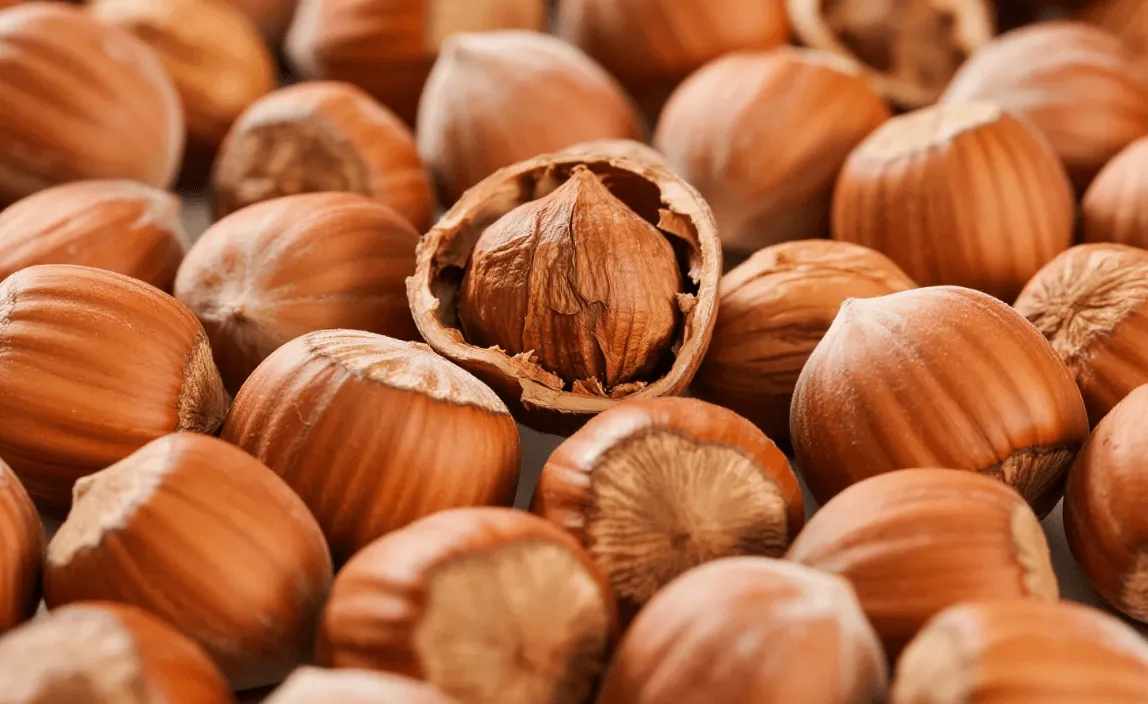
1. Pest infestation: Insect-damaged hazelnuts often show black spots or yellow discoloration, lowering quality and safety.
2. Labor shortages: Harvest and processing are highly seasonal, making it difficult to hire enough skilled workers in time.
3. Low efficiency: Manual sorting is slow and inconsistent, causing high labor costs and uneven grades.
Using an AI hazelnut color sorter, processors can:
1. Keep only premium hazelnuts.
2. Remove half-good / half-bad nuts, wrinkled shells, black spots, yellow insect-damaged nuts, shells, and stones.
This ensures a clean and consistent product for further processing or export.
For roasted hazelnuts, color sorters can eliminate:
1. Broken kernels, moldy nuts, shell fragments, skin, stones, and small branches.
This guarantees uniform appearance, pure taste, and higher market value.

WESORT hazelnut color sorters are equipped with:
1. AI Deep Learning: Mimics human learning to analyze and classify hazelnuts by color, shape, texture, and size.
2. Smart Recognition System: Continuously improves accuracy through data iteration.
3. Remote APP Control: Allows real-time monitoring, online diagnostics, and remote support.
4. Italian Magnetic Suspension Valves: Ultra-precise ejection, low energy consumption, long service life.
1. Increase processing efficiency by more than 30%
2. Reduce reliance on manual labor
3. Deliver premium, consistent hazelnut quality
4. Enhance competitiveness in international markets
The challenges of hazelnut processing no longer need to limit your business. With an AI-powered hazelnut color sorter, you can achieve higher efficiency, better quality, and greater profitability.
👉 Contact WESORT today for a free hazelnut sorting test plan. Make hazelnut processing easier, smarter, and more professional.
Hazelnut is the nut of the hazel and therefore includes any of the nuts deriving from species of the genus Corylus, especially the nuts of the species Corylus avellana. It is also known as cobnut or filbert nut according to species. A cob is roughly spherical to oval, about 15–25 mm (0.59–0.98 in) long and 10–15 mm (0.39–0.59 in) in diameter, with an outer fibrous husk surrounding a smooth shell. A filbert is more elongated, being about twice as long as its diameter. The nut falls out of the husk when ripe, about 7 to 8 months after pollination. The kernel of the seed is edible and used raw or roasted, or ground into a paste. The seed has a thin, dark brown skin, which is sometimes removed before cooking.
Hazelnuts are used in confectionery to make praline, and also used in combination with chocolate for chocolate truffles and products such as Nutella and Frangelico liqueur. Hazelnut oil, pressed from hazelnuts, is strongly flavoured and used as a cooking oil. Turkey is the world’s largest producer of hazelnuts.
Hazelnuts are rich in protein, monounsaturated fat, vitamin E, manganese, and numerous other essential nutrients.
The demand for hazelnuts is rising worldwide, especially in the chocolate, bakery, and snack industries. However, hazelnut processors face serious challenges during the peak season: pest damage, labor shortages, and inconsistent quality. Manual sorting is not only slow but also prone to mistakes, which reduces product value. This is where the hazelnut color sorter comes in.

1. Pest infestation: Insect-damaged hazelnuts often show black spots or yellow discoloration, lowering quality and safety.
2. Labor shortages: Harvest and processing are highly seasonal, making it difficult to hire enough skilled workers in time.
3. Low efficiency: Manual sorting is slow and inconsistent, causing high labor costs and uneven grades.
Using an AI hazelnut color sorter, processors can:
1. Keep only premium hazelnuts.
2. Remove half-good / half-bad nuts, wrinkled shells, black spots, yellow insect-damaged nuts, shells, and stones.
This ensures a clean and consistent product for further processing or export.
For roasted hazelnuts, color sorters can eliminate:
1. Broken kernels, moldy nuts, shell fragments, skin, stones, and small branches.
This guarantees uniform appearance, pure taste, and higher market value.

WESORT hazelnut color sorters are equipped with:
1. AI Deep Learning: Mimics human learning to analyze and classify hazelnuts by color, shape, texture, and size.
2. Smart Recognition System: Continuously improves accuracy through data iteration.
3. Remote APP Control: Allows real-time monitoring, online diagnostics, and remote support.
4. Italian Magnetic Suspension Valves: Ultra-precise ejection, low energy consumption, long service life.
1. Increase processing efficiency by more than 30%
2. Reduce reliance on manual labor
3. Deliver premium, consistent hazelnut quality
4. Enhance competitiveness in international markets
The challenges of hazelnut processing no longer need to limit your business. With an AI-powered hazelnut color sorter, you can achieve higher efficiency, better quality, and greater profitability.
👉 Contact WESORT today for a free hazelnut sorting test plan. Make hazelnut processing easier, smarter, and more professional.

In the world of walnut processing, even the smallest imperfection can significantly impact product quality, market price, and brand reputation. Mold, insect damage, broken pieces, or inconsistent color are common defects that reduce the value of wa...
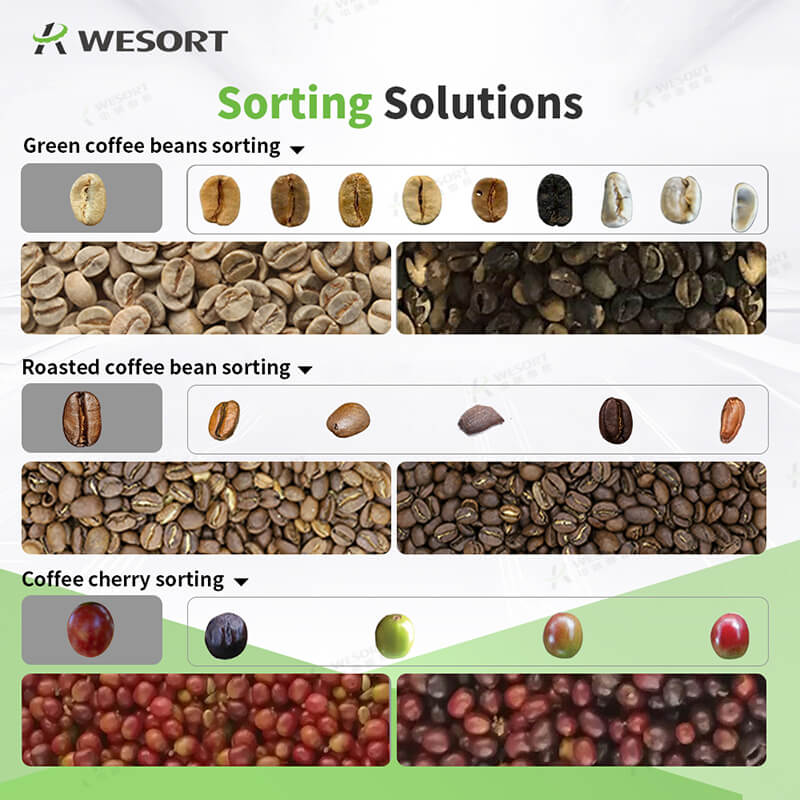
In the competitive coffee industry, quality is everything. Yet defects such as moldy beans, insect damage, immature coffee cherries, and inconsistent roasting levels can severely impact the taste, aroma, and grade of your coffee. Traditional sortin...
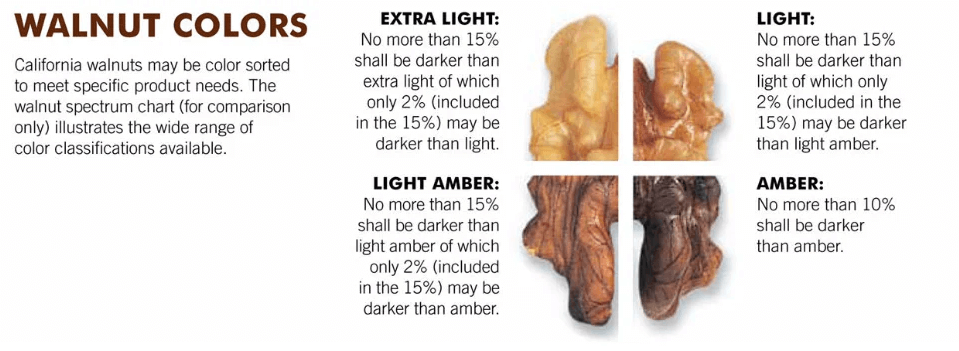
The demand for high-quality, uniformly sorted walnuts is rising globally due to increasing consumption, especially in the health food and snack industries. To meet market expectations, walnut processors are looking for advanced walnut sorting machi...
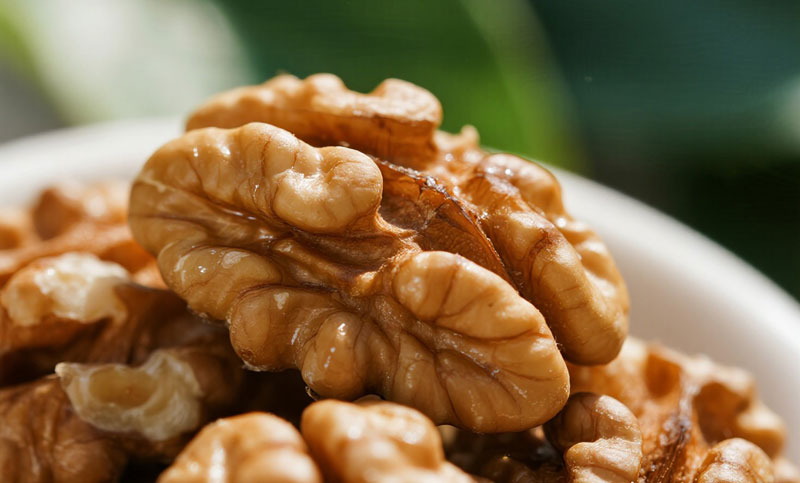
In the nut deep processing industry, the multi-level and accurate sorting of walnut kernels is not only related to product quality, but also directly affects corporate profits and brand reputation. However, many factories still face three major pro...

Meta Description: Looking for the top hazelnut sorting machine manufacturer? WESORT offers advanced hazelnut color sorters with AI deep learning to efficiently remove defects, pests, and foreign materials. Boost your hazelnut processing efficienc...
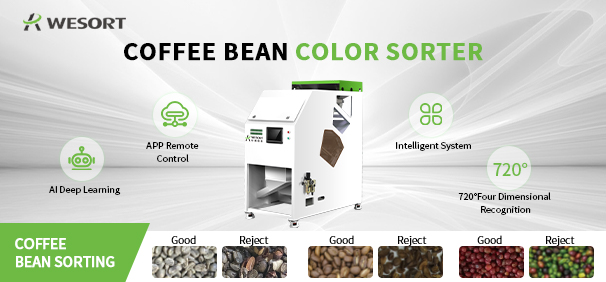
With the growing popularity of specialty coffee, the purity of coffee beans determines the aroma and taste of a cup of coffee. Achieving 99.9% purity requires high-performance coffee bean sorting equipment. Among Chinese coffee bean color sorter ma...

What's the most vexing issue in the hazelnut industry chain? It's not yield, but quality. Defects like mold, wrinkled skin, and foreign matter not only reduce product value but can also put export orders at risk. The solution isn't to increase the ...
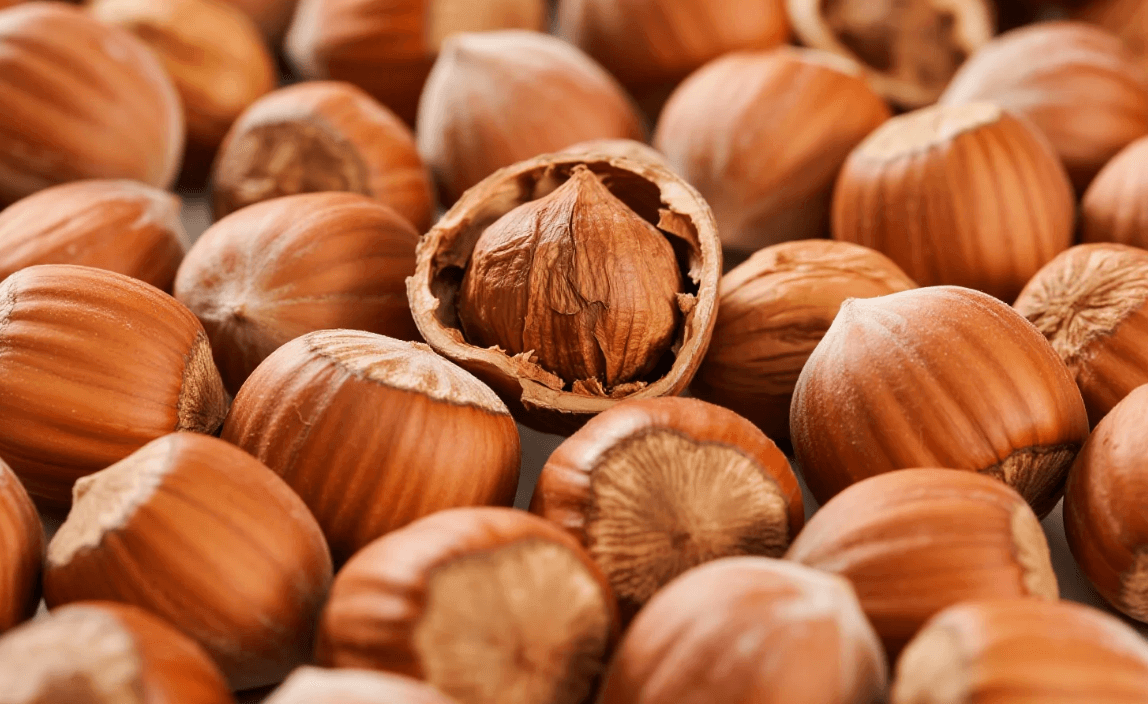
Every hazelnut tells a story—about the soil it grew in, the care during harvest, and the precision of its processing. Yet between farm and final product, hidden defects like mold, insect damage, and discoloration can turn premium hazelnuts into cos...

Plastic waste recycling is one of the most pressing challenges in today’s sustainability-driven world. Proper plastic sorting ensures high-quality recycled materials, reduces environmental impact, and improves profitability for recycling businesses...
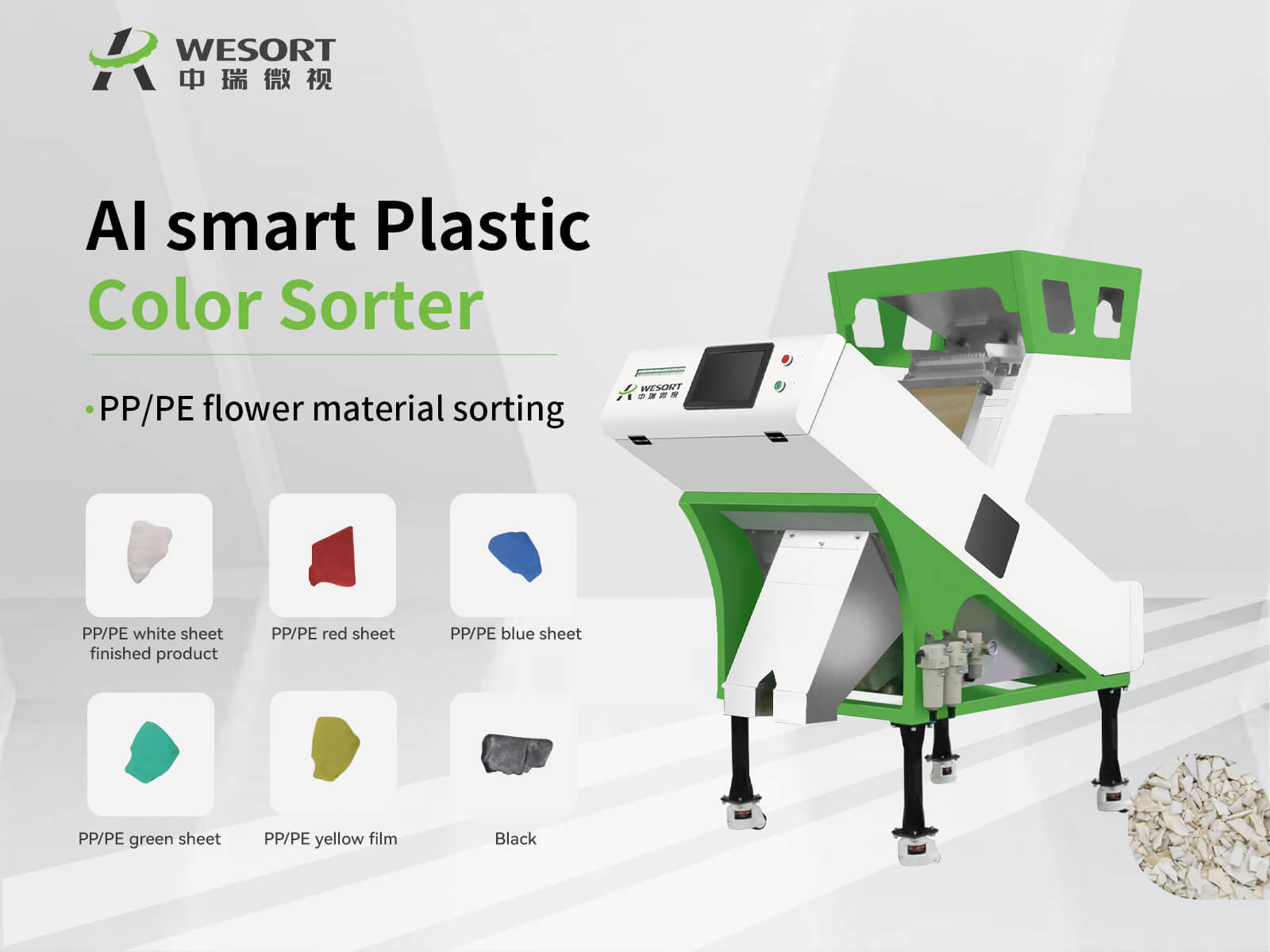
In the plastic recycling industry, purity and efficiency directly determine profitability. As global demand for recycled plastics increases, manufacturers need advanced solutions to separate impurities, improve yield, and ensure consistent product ...

In Mexico, coffee is more than just a drink — it’s a culture, a tradition, and a vital industry. Yet, challenges like impurities, pest damage, and uneven coloration often diminish the value of even the most carefully cultivated beans. At EXPO CAFÉ...
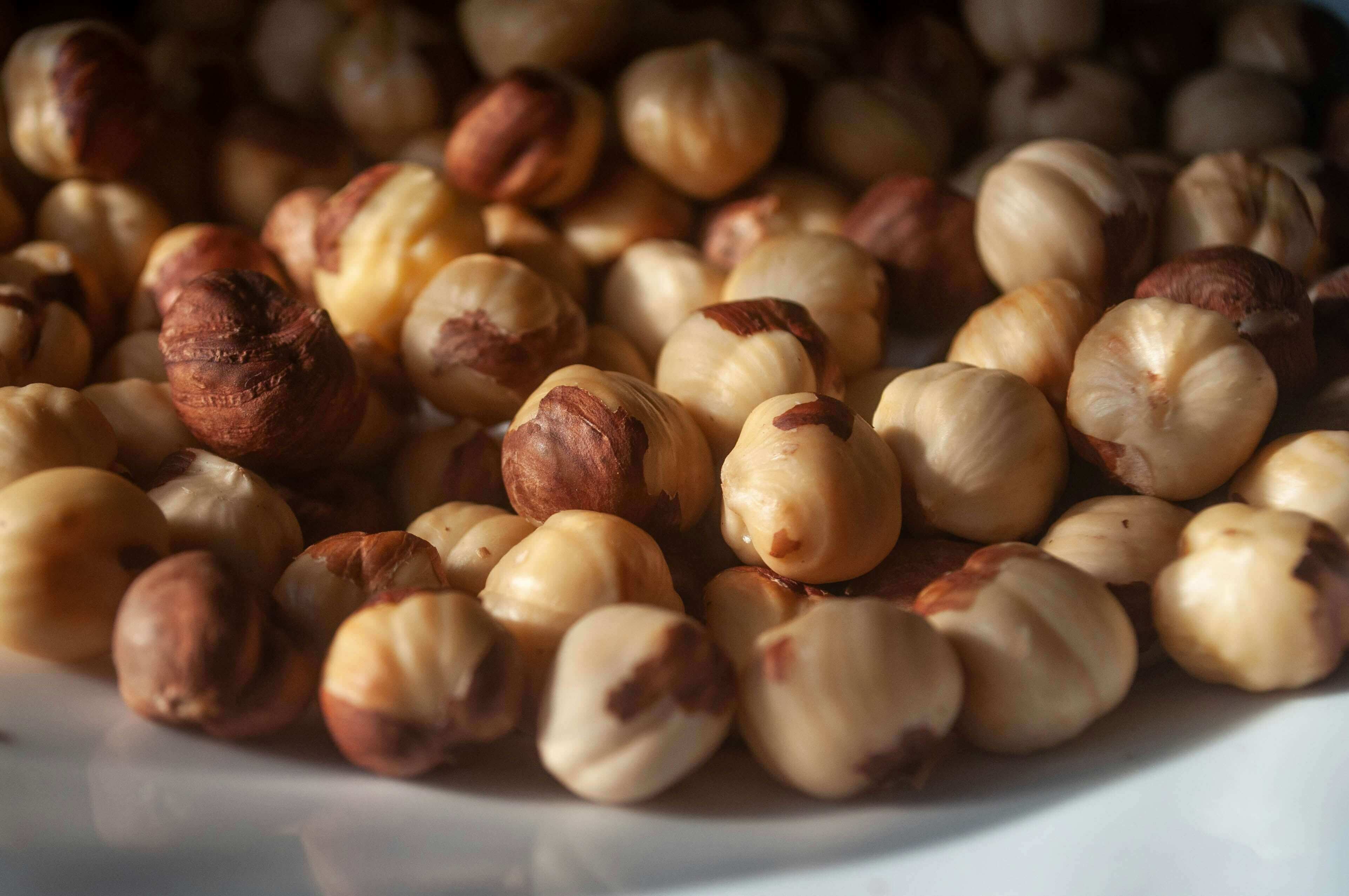
The global demand for hazelnuts continues to rise, driven by the growth of confectionery, bakery, and healthy snack markets. As consumption increases, so does the importance of quality control. Hazelnut processors face mounting pressure to deliver ...
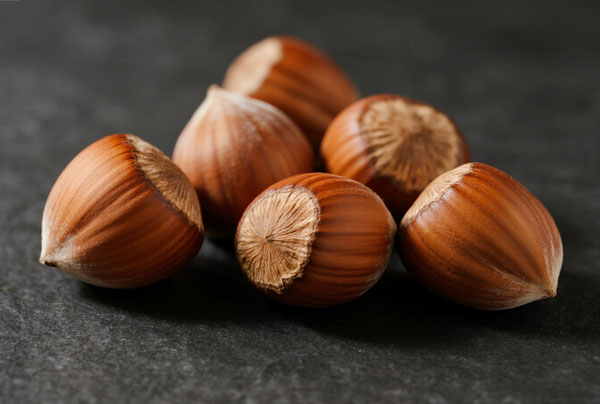
Hazelnuts are widely used in confectionery, bakery, and snacks, where product quality directly affects market value. However, hazelnut processing often faces serious challenges, such as pest infestation, seasonal labor shortages, and inconsistent m...
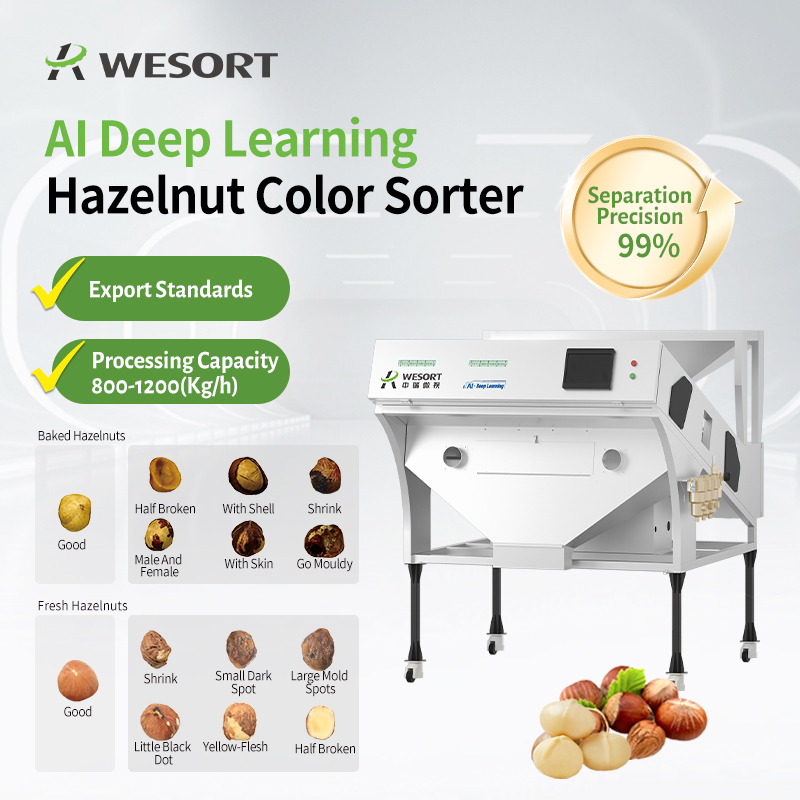
Hazelnut is the nut of the hazel and therefore includes any of the nuts deriving from species of the genus Corylus, especially the nuts of the species Corylus avellana. It is also known as cobnut or filbert nut according to species. A cob is roughl...

When you enjoy a smooth cup of coffee, you may not realize how much work goes into ensuring its purity and flavor. From harvest to cup, every step matters—and one of the most critical yet often overlooked stages is coffee bean sorting. Common Cof...
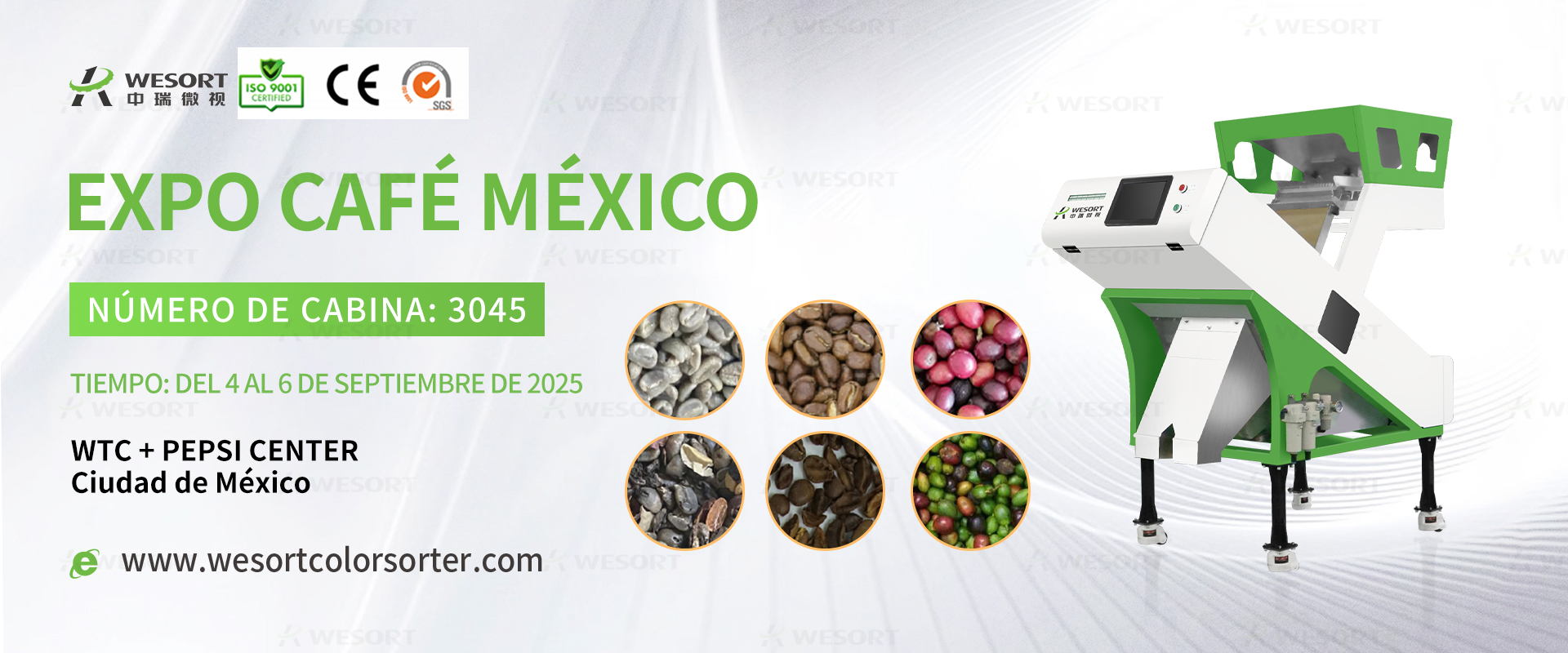
Dear Coffee Industry Partners, The Mexican Coffee Shop Expo 2025 is just around the corner—and WESORT , a leader in intelligent sorting technology, will be there to showcase our core solution for coffee processors: Coffee Bean Color Sorters. Mark...
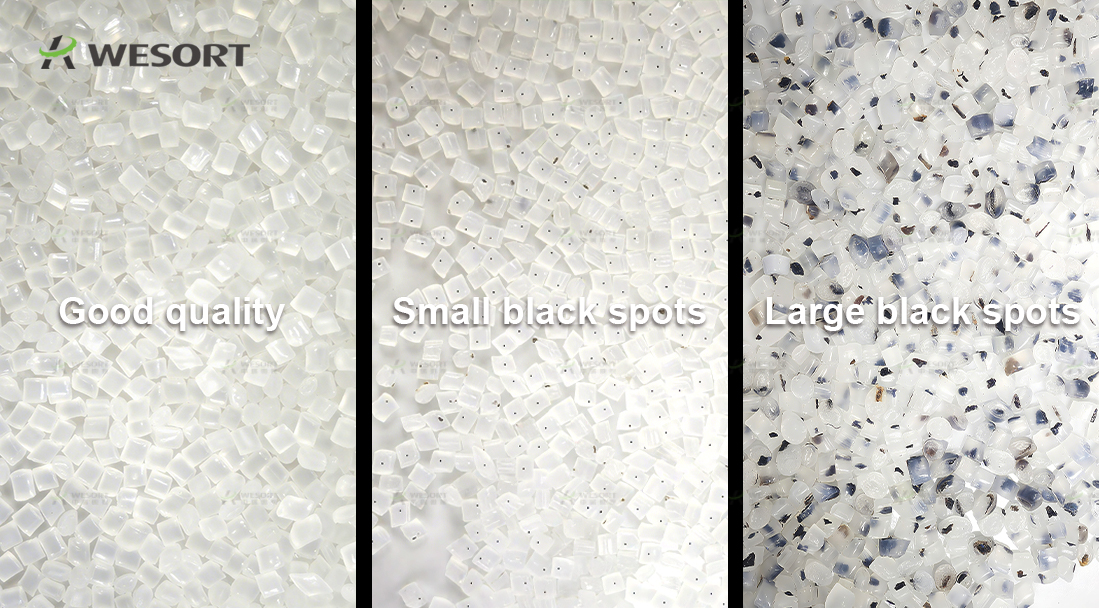
In the plastic pellet production process, color purity often directly determines the product's selling price and market competitiveness. Especially for transparent, white, or light-colored plastic pellets, even tiny black specks can affect the appe...

In modern agriculture, food processing, and recycling, quality control plays a vital role. This is where an optical sorter comes in. Many buyers often ask: What is an optical sorter? What does it do? How much does it cost? And how is WESORT optical...
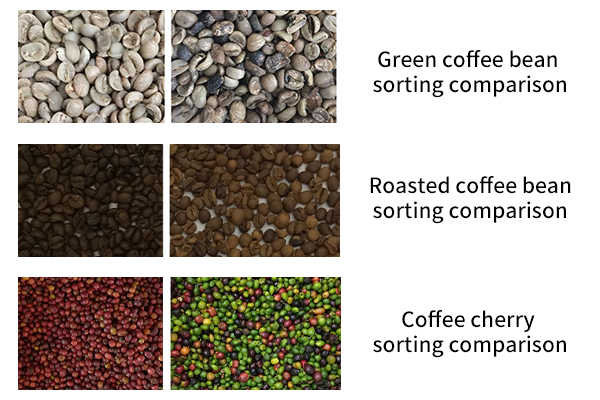
In the coffee industry, the quality of the final cup often depends on the smallest details during processing. One crucial step is removing defective beans, foreign materials, and color inconsistencies. This is where a coffee bean color sorter plays...

Coffee processing is a complex and meticulous task that involves several stages to transform raw coffee cherries into the high-quality beans we enjoy in our morning brew. One crucial step in this process is the sorting of coffee beans based on thei...

In the world of walnut processing, even the smallest imperfection can significantly impact product quality, market price, and brand reputation. Mold, insect damage, broken pieces, or inconsistent color are common defects that reduce the value of wa...

In the competitive coffee industry, quality is everything. Yet defects such as moldy beans, insect damage, immature coffee cherries, and inconsistent roasting levels can severely impact the taste, aroma, and grade of your coffee. Traditional sortin...

The demand for high-quality, uniformly sorted walnuts is rising globally due to increasing consumption, especially in the health food and snack industries. To meet market expectations, walnut processors are looking for advanced walnut sorting machi...

In the nut deep processing industry, the multi-level and accurate sorting of walnut kernels is not only related to product quality, but also directly affects corporate profits and brand reputation. However, many factories still face three major pro...

Meta Description: Looking for the top hazelnut sorting machine manufacturer? WESORT offers advanced hazelnut color sorters with AI deep learning to efficiently remove defects, pests, and foreign materials. Boost your hazelnut processing efficienc...

With the growing popularity of specialty coffee, the purity of coffee beans determines the aroma and taste of a cup of coffee. Achieving 99.9% purity requires high-performance coffee bean sorting equipment. Among Chinese coffee bean color sorter ma...

What's the most vexing issue in the hazelnut industry chain? It's not yield, but quality. Defects like mold, wrinkled skin, and foreign matter not only reduce product value but can also put export orders at risk. The solution isn't to increase the ...

Every hazelnut tells a story—about the soil it grew in, the care during harvest, and the precision of its processing. Yet between farm and final product, hidden defects like mold, insect damage, and discoloration can turn premium hazelnuts into cos...